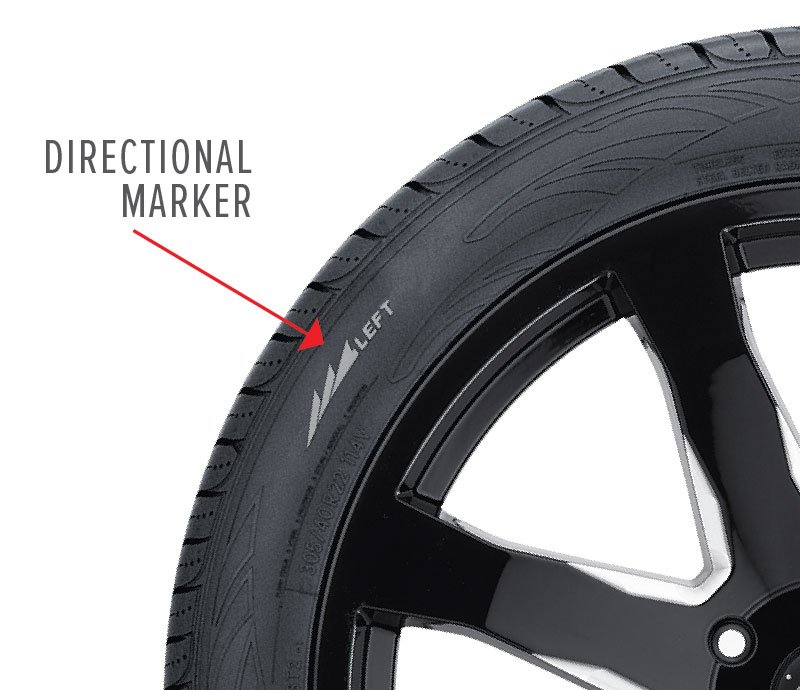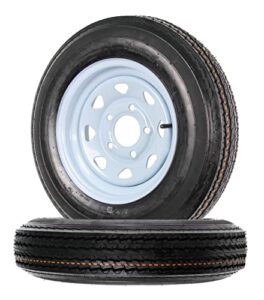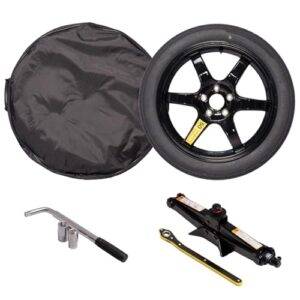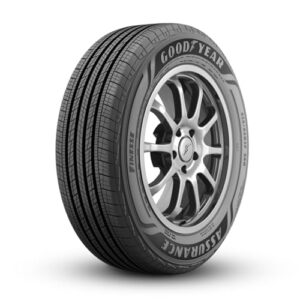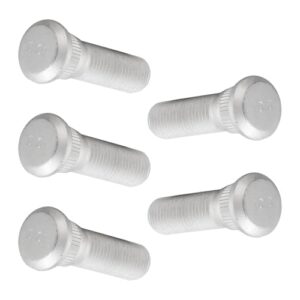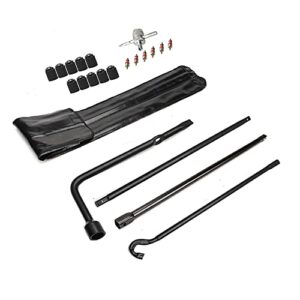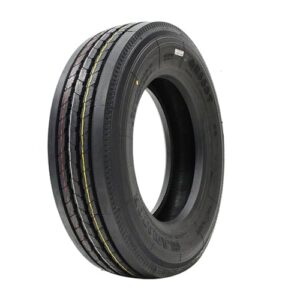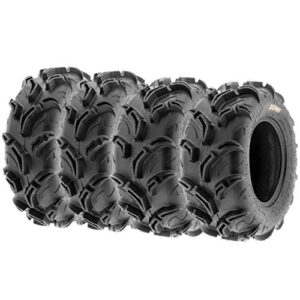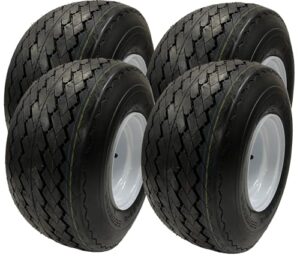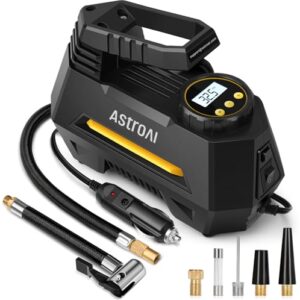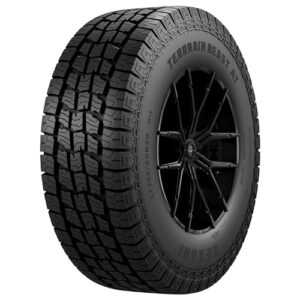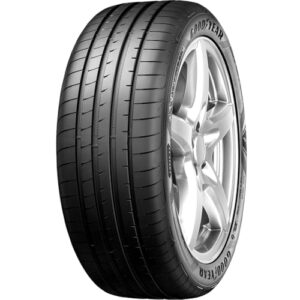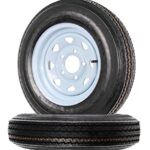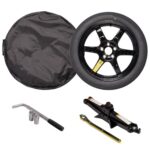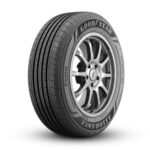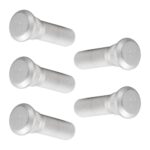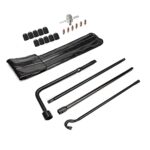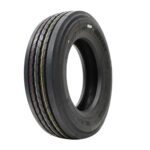Directional tires are designed to rotate in one direction only. They feature a unique tread pattern for optimal performance.
Directional tires offer improved handling and superior traction on wet surfaces. Their V-shaped tread pattern efficiently channels water away, reducing the risk of hydroplaning. These tires are perfect for high-performance vehicles, providing excellent stability and grip. They also improve fuel efficiency and reduce road noise.
Proper installation is crucial, as incorrect mounting can negate their benefits. Always check the directional arrows on the sidewalls during installation. These tires are perfect for drivers seeking improved handling and safety. Choose directional tires for a better driving experience and increased performance.

Introduction To Directional Tires
Directional tires, also known as unidirectional tires, are designed to roll in one direction. This unique design offers better handling and improved performance. Directional tires are easily identifiable by their tread patterns.
What Are Directional Tires?
Directional tires have tread patterns that point in one direction. This pattern helps in water evacuation, reducing the risk of hydroplaning. They are perfect for wet and snowy conditions.
These tires must be mounted correctly. The tread pattern should face the road in a specific direction. Incorrect mounting can lead to poor performance and increased wear.
Importance In Driving
- Better Traction: The unique design provides better grip on wet roads.
- Improved Performance: Directional tires offer better cornering and stability.
- Reduced Hydroplaning: Effective water evacuation reduces the risk of sliding.
| Feature | Benefit |
|---|---|
| Unique Tread Pattern | Improved water evacuation |
| Directional Design | Improved handling |
| Correct Mounting | Optimized performance |
Directional tires are essential for safe and efficient driving. They offer numerous benefits, especially in challenging weather conditions.
Design Features
Directional tires are specially designed to improve performance and safety. These tires have unique features that set them apart from regular tires. In this section, we’ll explore the key design features that make directional tires unique.
Unique Tread Pattern
The tread pattern on directional tires is distinct. It usually forms a V-shaped or arrow-like design. This pattern helps in maintaining traction and stability. The unique design helps in better grip on the road.
A table showcasing the benefits of the unique tread pattern:
| Feature | Benefit |
|---|---|
| V-shaped Design | Improved Traction |
| Arrow-like Pattern | Improved Stability |
Water Evacuation
Directional tires excel in water evacuation. The design helps channel water away from the tire. This reduces the risk of hydroplaning.
- Channels water away from tire surface
- Reduces risk of hydroplaning
- Improves wet weather performance
Directional tires are perfect for wet conditions. They keep you safe by maintaining good contact with the road.
Performance Benefits
Directional tires offer superior performance compared to traditional tires. They are designed to provide optimal driving experiences. Let’s explore the key performance benefits.
Improved Traction
Improved traction is a major benefit of directional tires. These tires have a unique tread pattern. This pattern channels water away quickly. This helps prevent hydroplaning. The V-shaped design ensures better grip on wet roads. Drivers enjoy safer journeys in rainy conditions.
Directional tires also perform well on dry surfaces. The tread pattern offers more contact with the road. This increases the tire’s grip. Better grip means more control. This is crucial for high-speed driving and sharp turns.
| Surface | Performance |
|---|---|
| Wet Roads | Better water channeling, reduced hydroplaning |
| Dry Roads | Increased road contact, improved grip |
Improved Handling
Improved handling is another key advantage. Directional tires offer precise steering. This is due to their design. The tread pattern reduces rolling resistance. This makes the steering more responsive. Drivers can make quick adjustments easily.
These tires also provide better stability. The design distributes pressure evenly. This means the tires wear out evenly too. Even wear leads to a longer tire life. It also means consistent performance throughout the tire’s life.
- Precise steering for quick adjustments
- Reduced rolling resistance for responsive handling
- Even pressure distribution for better stability
- Longer tire life with consistent performance
Directional tires also reduce road noise. The tread pattern minimizes vibrations. This makes for a quieter, smoother ride.
Seasonal Considerations
Directional tires are designed to perform well in specific seasons. These tires have unique tread patterns that improve vehicle handling. Depending on the season, you might need different directional tires for optimal performance.
Summer Performance
In summer, the roads can get very hot. Directional tires for summer provide better grip on warm asphalt. They reduce the risk of hydroplaning in sudden rainstorms.
- Improved traction on dry roads
- Efficient water evacuation during rain
- Improved stability at high speeds
These tires also offer better fuel efficiency. The unique tread design minimizes rolling resistance.
Winter Efficiency
Winter roads can be icy and slippery. Directional tires for winter have deep grooves and biting edges. They provide excellent grip on snow and ice.
- Superior traction on icy surfaces
- Effective snow removal from tire treads
- Improved braking on snowy roads
These tires also maintain flexibility in cold temperatures. This ensures better control of your vehicle.
Installation Tips
Installing directional tires correctly ensures optimal performance and safety. Follow these tips to get the best from your directional tires.
Correct Mounting
Directional tires have a specific rotation direction. Look for the arrow on the sidewall. This arrow indicates the correct rotation direction.
Mount the tire so the arrow points forward when the car moves. Incorrect mounting can affect handling and wear.
Check each tire before mounting. Make sure the arrow points in the right direction.
Rotation Guidelines
Rotating directional tires is different from regular tires. Follow a front-to-back rotation pattern.
Move the front tires straight to the back. Move the rear tires straight to the front. Do not cross the tires.
Use this pattern to maintain the correct rotation direction. This ensures even wear and extends tire life.
Here is a simple table to help:
| Current Position | New Position |
|---|---|
| Front Left | Rear Left |
| Front Right | Rear Right |
| Rear Left | Front Left |
| Rear Right | Front Right |
Following these tips ensures your directional tires perform well. Regular checks and correct mounting are key.
Comparison With Non-directional Tires
Understanding the differences between directional tires and non-directional tires can help you make an informed decision for your vehicle. Directional tires have a unique tread pattern that is designed to rotate in one direction. Non-directional tires, on the other hand, have a symmetrical tread pattern that allows for rotation in any direction.
Pros And Cons
Both types of tires offer distinct advantages and disadvantages.
| Type | Pros | Cons |
|---|---|---|
| Directional Tires |
|
|
| Non-Directional Tires |
|
|
Suitability For Different Vehicles
The suitability of directional tires or non-directional tires depends on the type of vehicle you drive and your driving conditions.
- Sports Cars: Directional tires are perfect for high-speed performance and better handling.
- Family Sedans: Non-directional tires offer cost-effective, all-around performance.
- SUVs and Trucks: Both types can be suitable depending on driving conditions and performance needs.
- Off-Road Vehicles: Directional tires provide better traction on rough terrains.
Choosing the right tire type can improve your vehicle’s performance and safety. Consider your needs and driving habits to make the best choice.
Maintenance Practices
Directional tires offer superior performance and handling. However, they require specific maintenance to ensure longevity. Proper care ensures they deliver their best performance. Here are essential maintenance practices for directional tires.
Regular Inspections
Inspect your directional tires regularly. Look for uneven wear or damage. Check the tread depth frequently. Use a penny to measure tread depth. Insert a penny into the tread. If you see the top of Lincoln’s head, replace the tire.
Look for foreign objects like nails or glass. Remove them immediately. Check the sidewalls for bulges or cuts. Bulges or cuts can indicate serious damage. Replace the tire if you see any.
Proper Inflation
Maintaining correct tire pressure is crucial. Check tire pressure monthly. Use a reliable tire pressure gauge. Under-inflated tires wear out faster. Over-inflated tires can cause a rough ride.
Follow the manufacturer’s recommended pressure. You can find this in the owner’s manual. Proper inflation improves fuel efficiency. It also improves handling and safety. Here’s a quick guide on how to check tire pressure:
- Remove the valve cap.
- Press the tire gauge onto the valve stem.
- Read the gauge to check the pressure.
- Add air if the pressure is low.
- Release air if the pressure is high.
- Replace the valve cap.
Always check tire pressure when tires are cold. Driving heats up the tires and affects pressure readings.
| Maintenance Task | Frequency | Tools Needed |
|---|---|---|
| Inspect Tread Depth | Monthly | Penny |
| Check Tire Pressure | Monthly | Tire Pressure Gauge |
| Inspect Sidewalls | Monthly | Visual Inspection |
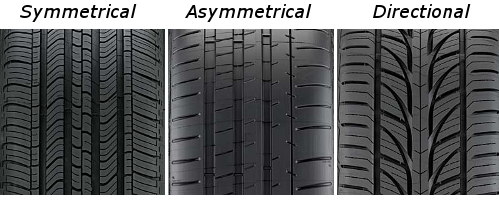
Choosing The Right Directional Tires
Directional tires offer several benefits, including improved traction and handling. But selecting the right ones can be tricky. This section will guide you on how to choose the best directional tires for your needs.
Factors To Consider
When choosing directional tires, several factors come into play. Here are the most important ones:
- Weather Conditions: Select tires suited for your local weather.
- Driving Style: Aggressive drivers need high-performance tires.
- Vehicle Type: Ensure the tires fit your car model.
- Budget: High-quality tires often cost more but offer better performance.
Top Brands
Here are some of the top brands that offer excellent directional tires:
| Brand | Special Features |
|---|---|
| Michelin | Known for durability and performance |
| Bridgestone | Excellent wet and dry traction |
| Goodyear | Great for all-season driving |
| Pirelli | High-performance options for sports cars |
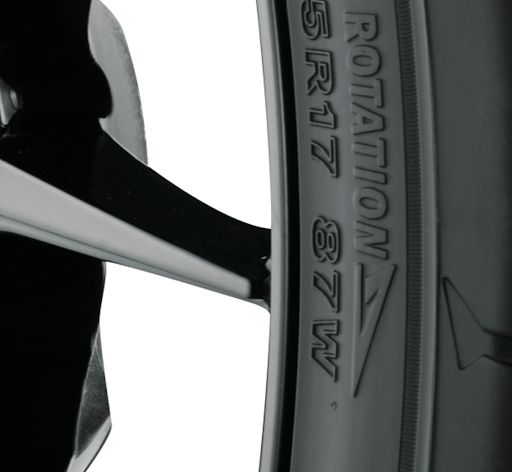
Frequently Asked Questions
How Do I Know If My Tires Are Directional?
Check the tire sidewall for directional arrows or markings. These indicate the correct rotation direction.
Are Directional Tires Better Than Regular Tires?
Directional tires provide better traction and handling on wet roads. Regular tires are more versatile and easier to rotate. Choose based on driving conditions.
What’s The Difference Between Directional And Nondirectional Tires?
Directional tires have a V-shaped tread pattern for optimized performance in one direction. Nondirectional tires have a symmetrical tread, allowing rotation in any direction.
What Happens If You Put Directional Tires On The Wrong Way?
Installing directional tires incorrectly reduces traction and increases wear. Water drainage gets compromised, raising hydroplaning risks. Performance diminishes.
Conclusion
Directional tires offer improved performance, safety, and efficiency. Understanding their unique tread pattern is crucial for optimal use. Proper installation ensures maximum benefits. They are perfect for wet conditions and high-speed driving. Choose directional tires to elevate your driving experience and ensure road safety.


